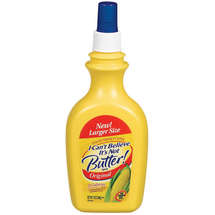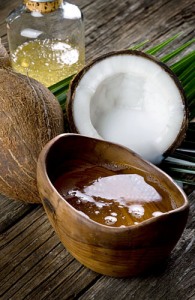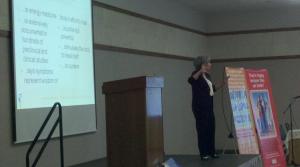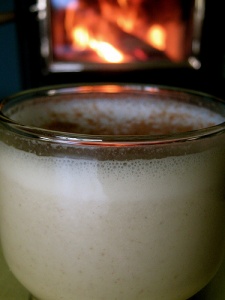Food for Thought
What a week at Homeopathy Works! I’m very excited and just as busy preparing for my upcoming webinar system, How to Raise a Drug Free Family. So, while I’m perfecting this year-long course, I’ll leave you with a brief consideration. A friend of mine, Liz Pitfield, uses this quote from Wendell Berry on her email […]









